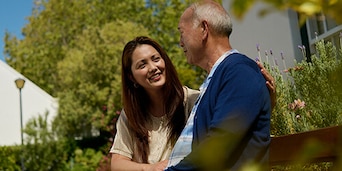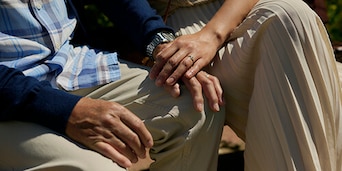As your loved one’s caregiver, you, more than anyone, can help them stay mobile. And that’s important, because mobility helps them enjoy more independence.
Spending time with them in their/your home, you can spot risks and prevent accidents that might threaten their mobility. Here’s how to approach it.
First, consider whether they suffer from any of the following:
- Mobility problems
- Balance issues
- Impaired motor skills
- Eyesight problems
- Dementia, confusion or other mental limitations
If your loved one has any of the above, imagine you are her or him. Try moving around their home as they would. Check their floors, carpets and rugs – are they at all slippery? Climb any stairs your loved one might use. Ask yourself if their shoes or slippers would get a good grip. Is the banister sturdy? Is it easy for them to get to the bathroom? And will she or he be safe getting in or out of the bathtub or shower?




